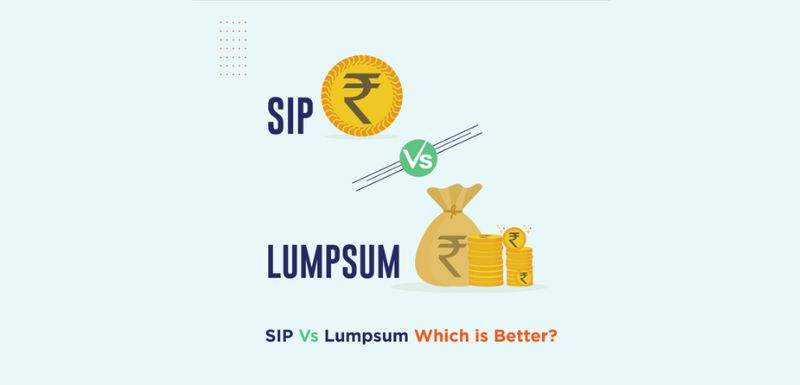How to invest in SIP’s or Systematic Investment Plan

Read this blog to know simple steps to invest in SIPs if you’re a first-time investor who is confused about how to invest in SIP’s. To know more, visit FinEdge now!
Mutual Fund SIP’s (Systematic Investment Plans) have caught the fancy of many an investor in recent times. According to industry estimates, the total SIP book has recently crossed the Rs. 6,000 Crore- mark – and the trend is showing no signs of slowing down. If you’re a first-time investor who is confused about how to invest in SIP’s, here are a few simple pointers to get you started.
The First Step: KYC Compliance
If you’ve never invested into Mutual Funds before, you’ll need to complete your KYC (Know Your Customer) formalities at first. If you have an Aadhar card, this process is now extremely simple, as you can complete your Aadhar based e-KYC on the website of any asset management company without the need for paperwork. Previously, e-KYC was done using an OTP, and had an investment limit of just Rs. 50,000. Alternatively, you may fill out a physical KYC form, along with a passport size photo and an address/ID proof, and submit it at your closest registrar’s office (CAMS or KARVY). If you’re dealing with a professional Financial Advisor, he or she can greatly simplify this process for you.
Next – Fund Selection
Having completed your KYC formalities, you’ll now need to decide upon which mutual fund is ‘sahi’ for your SIP investment! This can be quite a tricky affair, and its best to consult with a professional financial advisor on which Mutual Fund SIP investment is most in sync with your unique financial goals, risk profile and time horizon. If you’re looking to invest into Mutual Fund SIP’s for a goal that’s only a couple of years away (for example, a car purchase), stick to low risk debt funds only. On the other hand, if you’re looking to start a Mutual Fund SIP for a goal that’s far out (say, your retirement), start it in a high risk, volatile fund such as a small & midcap oriented fund.
Getting Started
Getting started with your Mutual Fund SIP is extremely simple. You have the choice of starting your SIP using a physical form which will involve a signing a NACH form, or investing in an SIP without any paperwork - directly on the website of the Asset Management Company that you’ve chosen, or through an online transaction platform such as BSE’s Star MF or NSE’s NMF. Most Advisors provide both options to their clients, and you may decide which one you’re most comfortable with. The latter option will involve an XSIP or ISIP mandate that doesn’t require any paperwork, but can be initiated directly on your behalf by a licensed intermediary.
Continuity
While it’s true that ‘well begun is half done’, its critical to continue running your Mutual Fund SIP in an unbroken manner for the stipulated time horizon that’s been prescribed by your Financial Advisor. Make sure you invest into SIP’s with the same discipline and intent that you’d employ while running an EMI. After all, as the ad jingle of a leading asset management company goes – “a SIP is like a good EMI!”
Your Investing Experts
Relevant Articles
How Falling Markets Can Benefit Your SIP Plan
Market downturns can trigger anxiety, but for SIP investors, they present a golden opportunity. By consistently investing through volatility, you benefit from rupee cost averaging, accumulating more units at lower prices and enhancing long-term returns. With the power of compounding and a disciplined approach, SIPs turn market dips into wealth-building moments
Why is a SIP Investment Calculator beneficial?
With the rapid rise in online financial planning, more and more smart investors are choosing SIP investments as their investment avenue of choice for meeting their long and short term goals. As a thumb rule, SIP’s work best when you dispassionately keep them running despite the ups and downs of the markets.
SIP Vs Lumpsum Investments: Which Is Better?
Investing towards financial goals can be done in two ways. The first option is to invest a part of the income every month for the long term. The other option is to invest a lumpsum amount once and stay invested for the long term. Both options have pros and cons, and investors often wonder which option they should choose. In this article, we will discuss SIP vs Lump sum, and which approach an investor should take.
.png)


